Basically, I want to understand the relation between the crystal drive
impedance and the load capacitance of crystal.
The phrase "crystal drive impedance" is a bit ambiguous so, I'll define it as the output resistance of the inverting gate used in the Pierce oscillator. I mention Pierce oscillator because that's pretty much what all MCU/logic chips use. Pierce oscillator circuit diagram: -

Image from here.
So, "crystal drive impedance" is the resistance above shown as \$R_S\$. Resistor \$R_F\$ turns the unbuffered logic gate into a linear amplifier (due to negative feedback). I believe you know what \$C_a\$ and \$C_b\$ are i.e. they are the so-called crystal loading capacitors.
Now, where you might be getting confused is in the terminology. For instance, the term loading capacitance is badly named because in fact, they are part of a phase shifting network. The "true" (as in actual) loading capacitor for the crystal is \$C_a\$. Capacitor \$C_b\$ does not "load" the crystal; it loads the output of the inverting gate via its output resistor \$R_S\$.
So, there are in fact two phase shifting networks: -
- \$R_S\$ and \$C_b\$
- The crystal's reactance and \$C_a\$
Together they produce 180° of phase shift at one particular frequency. This produces oscillation and all is good. The crystal's reactance is inductive (at oscillation frequencies) and, along with \$C_a\$ shift the phase by nearly 180° (not enough on its own for oscillation to occur). \$R_S\$ and \$C_b\$ shift the phase by a few degrees more and hence, you get oscillation.
So, to answer your question, the relationship between \$R_S\$ and \$C_b\$ (half the so-called loading capacitance) is to produce a few degrees of phase shift and allow the circuit to oscillate.
Maybe you should read what I put on my basic website about crystal oscillators.
Can someone tell me how this impedance of 810k is relevant or how to
understand this with the remaining part of the answer.
The 810 kΩ is the impedance of \$C_b\$ (above) at 32.768 kHz and it will form a phase shift network with \$R_S\$ as explained earlier.
